In every household, there exists a silent guardian that often goes unnoticed until the moment of crisis strikes. A well-stocked first aid kit is not merely a collection of bandages and antiseptics; it is a lifeline, a crucial tool that can mean the difference between a minor injury and a life-threatening situation. The importance of having a properly equipped family first aid kit cannot be overstated, as emergencies rarely announce their arrival.
The foundation of any effective first aid kit lies in its ability to address common injuries swiftly and efficiently. Adhesive bandages of various sizes are indispensable for covering small cuts and scrapes, while sterile gauze pads and adhesive tape are essential for larger wounds. Antiseptic wipes or solutions, such as hydrogen peroxide or iodine, play a critical role in preventing infection by cleaning wounds before dressing them. These basic supplies form the cornerstone of wound care, ensuring that even the most minor injuries receive prompt attention.
Beyond surface wounds, a comprehensive first aid kit must account for more severe medical situations. Elastic bandages and triangular bandages serve multiple purposes, from stabilizing sprains to creating slings for broken bones. A pair of sharp scissors becomes invaluable when cutting clothing away from wounds or trimming bandages to size. Tweezers prove their worth when removing splinters or debris from injuries, while instant cold packs provide immediate relief for swelling or burns. These items transform a simple collection of supplies into a versatile medical resource.
Medications constitute another vital component of a family first aid arsenal. Pain relievers such as acetaminophen or ibuprofen address everything from headaches to reducing fever, while antihistamines combat allergic reactions that could escalate dangerously. Hydrocortisone cream soothes insect bites and minor skin irritations, and antacids provide quick relief from digestive discomfort. It's crucial to regularly check expiration dates on all medications and replace them as needed, as their effectiveness diminishes over time.
Special circumstances demand specialized equipment that many overlook when assembling their first aid kits. A digital thermometer allows for accurate fever monitoring, while disposable gloves protect both the caregiver and patient from contamination. For families with young children, pediatric versions of medications and smaller-sized bandages should always be on hand. Those living in areas prone to natural disasters might include emergency blankets and waterproof matches, expanding their kit's functionality beyond typical household emergencies.
The container housing these life-saving supplies deserves careful consideration. A durable, waterproof case with clearly marked compartments ensures quick access during chaotic moments. Transparent pockets or sections allow for visual confirmation of contents at a glance, while a comprehensive inventory list taped inside the lid prevents frantic searching during critical moments. Placement matters equally—the kit should be stored in a central, easily accessible location known to all family members, yet out of reach of young children to prevent accidental ingestion of medications.
Education completes the circle of effective first aid preparedness. Merely possessing a well-stocked kit proves insufficient if family members lack knowledge of its proper use. Basic first aid courses offered by organizations like the Red Cross provide hands-on training for treating everything from minor cuts to performing CPR. Regularly reviewing instruction manuals for specialized equipment and discussing emergency scenarios as a family ensures everyone remains prepared. This combination of quality supplies and practical knowledge creates a formidable defense against everyday medical emergencies.
As seasons change and families evolve, so too should their first aid kits. Conducting quarterly inspections to replenish used items and update contents based on changing family needs maintains readiness. Summer might call for additional insect sting relief products, while winter necessitates extra stock of cold and flu medications. Documenting any family member's specific medical conditions or allergies inside the kit can prove invaluable for babysitters or visiting relatives who might need to administer first aid. This ongoing attention to detail ensures the kit grows alongside the family it protects.
In our modern world of instant gratification and technological solutions, the humble first aid kit remains a testament to preparedness. It stands ready during power outages when digital devices fail, and functions when internet searches for medical advice prove too slow. More than just a box of supplies, a properly maintained family first aid kit represents responsibility, foresight, and the fundamental desire to protect those we love. Its presence in every home should be as unquestioned as smoke detectors or fire extinguishers, for when emergencies strike—as they inevitably do—this unassuming collection of items transforms into the most valuable possession in the house.

By /May 21, 2025

By /May 21, 2025

By /May 21, 2025

By /May 21, 2025

By /May 21, 2025

By /May 21, 2025

By /May 21, 2025

By /May 21, 2025

By /May 21, 2025
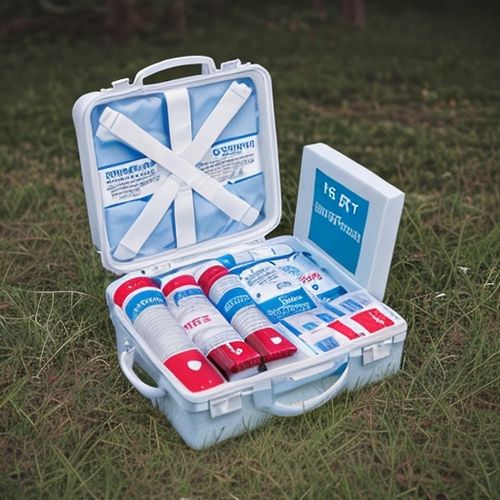
By /May 17, 2025

By /May 17, 2025

By /May 17, 2025
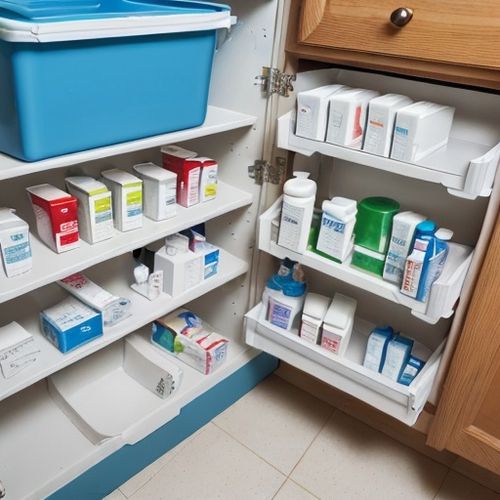
By /May 17, 2025

By /May 17, 2025

By /May 17, 2025
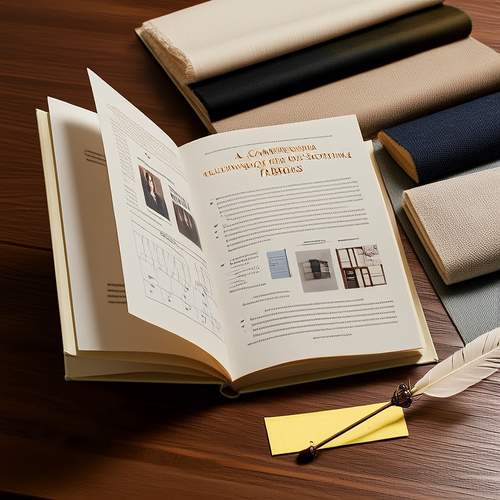
By /May 17, 2025
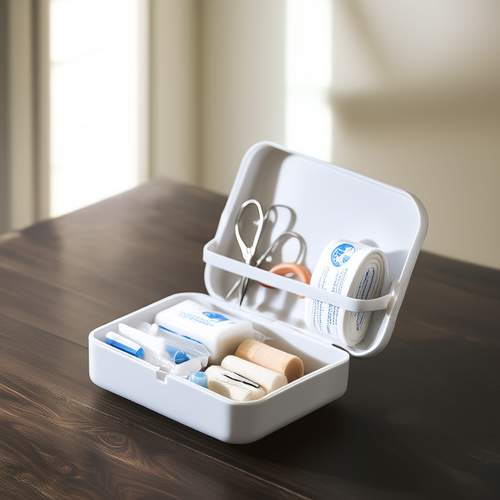
By /May 17, 2025

By /May 17, 2025
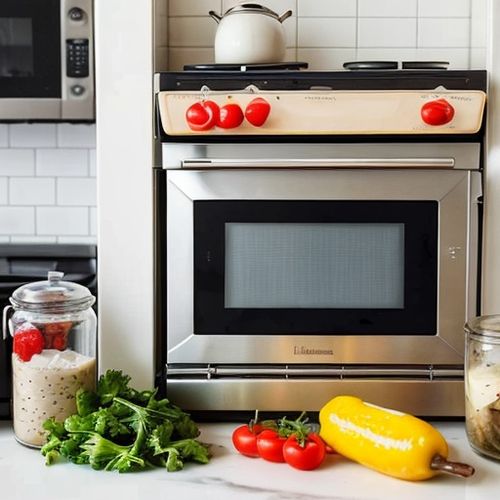
By David Anderson/Apr 29, 2025